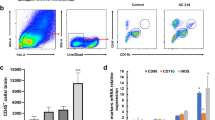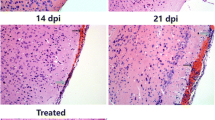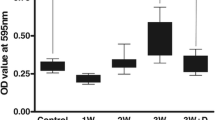Abstract
We infected interleukin-5 (IL-5)-transgenic (IL-5-Tg) and IL-5 receptor α knockout (IL-5Rα−/−) mice with Angiostrongylus cantonensis to determine the possible roles of IL-5 and eosinophils in A. cantonensis infection in mice. IL-5-Tg mice demonstrated significantly higher eosinophilia in bone marrow, blood and cerebrospinal fluid (CSF), lower intracranial worm recovery and smaller female worms than naive C3H/HeN mice. Both IL-5-Tg and C3H/HeN mice evoked antigen-specific serum and CSF IgA antibody responses as early as days 5 and 7 postinfection, respectively. Prominent eosinophil infiltration was noted around intracranial worms in the subarachnoid spaces of the mouse brains; eosinophils adhering to the worm surface were degranulated. In contrast, IL-5Rα−/− mice yielded a higher worm recovery than wild-type or heterozygous mice at day 20 postinfection and failed to provoke CSF eosinophilia. These findings indicate that A. cantonensis infection in the mouse causes IL-5 production and subsequent CSF eosinophilia, the latter probably being involved in the killing of intracranial worms.
Similar content being viewed by others
Author information
Authors and Affiliations
Additional information
Received: 20 December 1996 / Accepted: 15 January 1997
Rights and permissions
About this article
Cite this article
Sugaya, H., Aoki, M., Yoshida, T. et al. Eosinophilia and intracranial worm recovery in interleukin-5 transgenic and interleukin-5 receptor α chain-knockout mice infected with Angiostrongylus cantonensis . Parasitol Res 83, 583–590 (1997). https://doi.org/10.1007/s004360050302
Issue Date:
DOI: https://doi.org/10.1007/s004360050302




